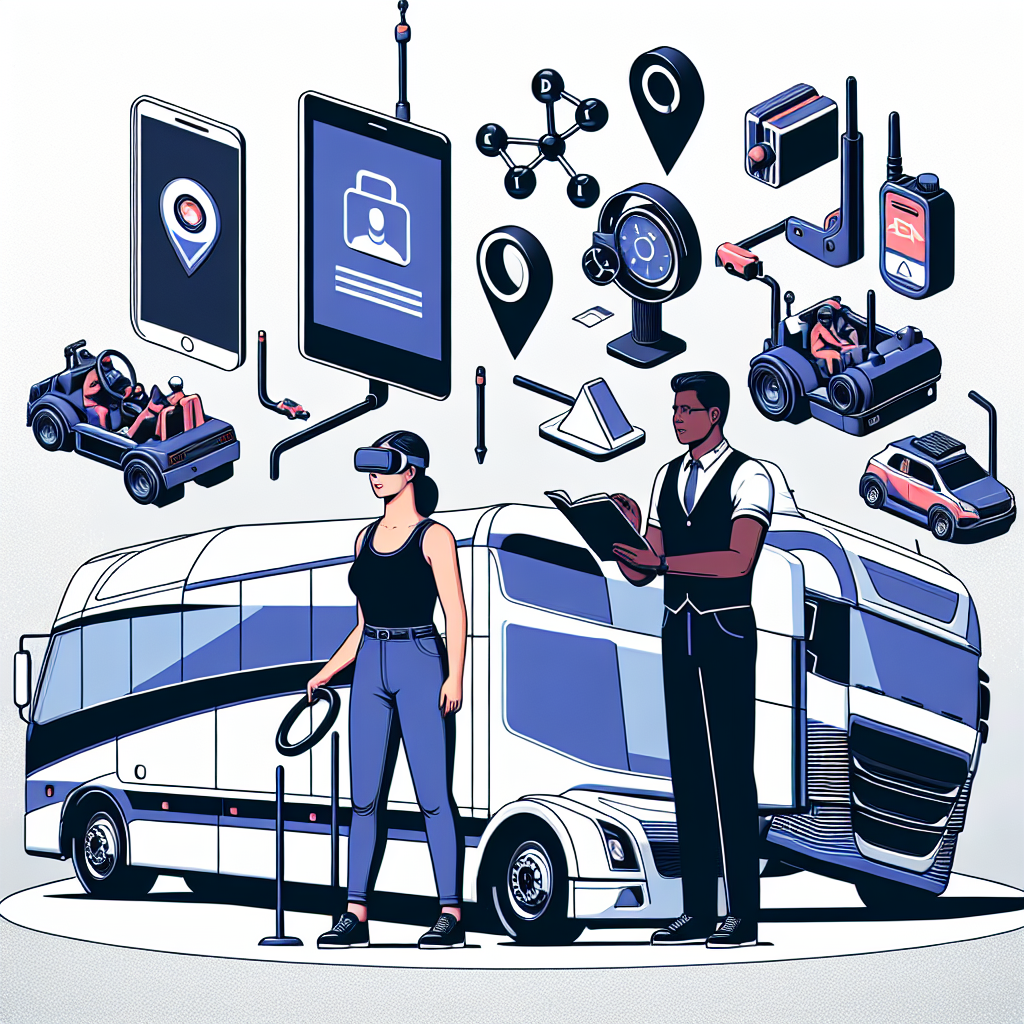The trucking industry is evolving fast, and training providers are adapting to keep pace. The Future of Paid Class B Cdl Training: What To Expect sets the stage for how paid programs will change in curriculum, delivery, and career pathways. In this article we explore technological shifts, funding models, employer partnerships, and learner expectations to help training centers, instructors, and prospective drivers prepare for the next wave of practical, competency-focused Class B instruction.
Emerging trends in paid Class B CDL instruction
Paid Class B CDL programs will move away from time-based seat hours toward competency-based outcomes. That means measurable skills assessments, modular learning, and personalized training plans. Expect shorter, targeted modules for specific vehicle categories (e.g., buses, delivery trucks, municipal vehicles) and micro-credentials that stack into a full license plus endorsements.
Technology and simulation driving quality
Simulation and blended learning will play a central role. High-fidelity driving simulators allow trainees to practice hazardous scenarios (ice, heavy traffic, tight urban routes) without risk. Virtual reality (VR) and augmented reality (AR) tools can teach pre-trip inspections, vehicle controls, and route planning in immersive environments, reducing the time required for road training while improving safety outcomes.
- Simulator-based hazard training for unusual or dangerous conditions
- Online theory modules with adaptive testing and instant feedback
- Telematics-linked practice to analyze braking, shifting, and fuel-efficient driving
These tech-enhanced methods also create better data for instructors to diagnose weak points and tailor remediation, making paid programs more outcome-driven and accountable to employers.
Funding, partnerships, and employer-driven programs
One major shift is the growing role of employers and public-private partnerships in subsidizing training. Fleet operators increasingly view paid training as an investment in safety and retention, offering tuition reimbursement, apprenticeships, or direct-hire pathways upon completion. Public workforce funds and local grants may also underwrite programs that address driver shortages in essential services (transit, school buses, waste management).
Reliable labor-market information is crucial for program planning. For readers who want authoritative occupational data, the U.S. Bureau of Labor Statistics provides a comprehensive profile of heavy and tractor-trailer truck drivers, which helps align training offerings with demand and wage expectations: BLS occupational overview for heavy and tractor-trailer truck drivers.
Curriculum shifts and credentialing innovations
Curricula will increasingly integrate soft skills (communication, customer service), regulatory compliance (hours-of-service, electronic logging devices), and sustainability practices (eco-driving). Short, industry-recognized endorsements—like passenger transport or hazmat handling—will be offered as stand-alone paid modules, allowing working drivers to upskill without repeating full licensure programs.
Credential transparency will improve through digital certificates and secure records that employers can instantly verify. This improves portability and reduces fraud, while giving trainees a clearer path from training investment to employment.
Cross-disciplinary inspiration and unconventional ideas
Innovation sometimes draws from unexpected places—academic theory, systems thinking, and even speculative scientific ideas that challenge conventional models. For instance, creative cross-pollination between disciplines can inspire new ways to structure learning, assess risk, or visualize complex systems. For readers curious about how bold, multidisciplinary thinking influences education and innovation, see this detailed exploration of Nassim Haramein and Max Planck’s theories bridging the universe’s mysteries: detailed exploration of Nassim Haramein and Max Planck’s theories bridging the universe’s mysteries.
What trainees and providers should do now
Providers should invest in modular coursework, simulation tools, and employer partnerships, while making outcomes and job placement data transparent. Trainees should look for programs that offer hands-on experience, endorsements relevant to local employer needs, and pathways to apprenticeships or commuter-friendly scheduling.
- Choose programs with measurable skill assessments and placement support
- Prioritize simulators and telematics experience if possible
- Seek training that includes soft skills and regulatory compliance
Frequently asked questions
Q: Will paid Class B CDL training become more expensive?
A: Costs may rise for programs investing in simulators and technology, but employer subsidies, grants, and stackable micro-credentials will help offset expenses for many learners.
Q: How long will it take to complete a modern paid Class B program?
A: Timeframes will vary by the competency-based model; some modular programs can certify basic skills in a few weeks, while full endorsements may stack over months depending on learner pace and scheduling.
Q: How can I verify program quality?
A: Look for transparent outcome data (pass rates, job placement), employer tie-ins, and alignment with nationally recognized standards. Verified digital credentials and endorsements provide quick employer checks.



